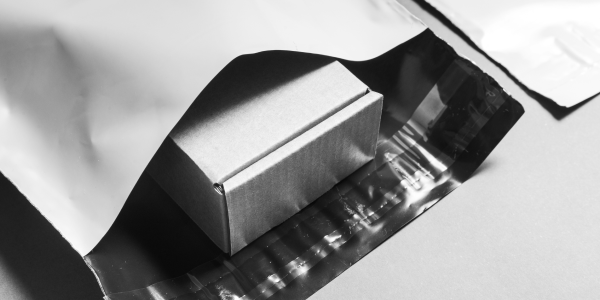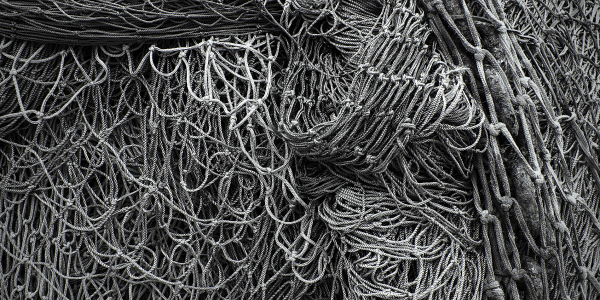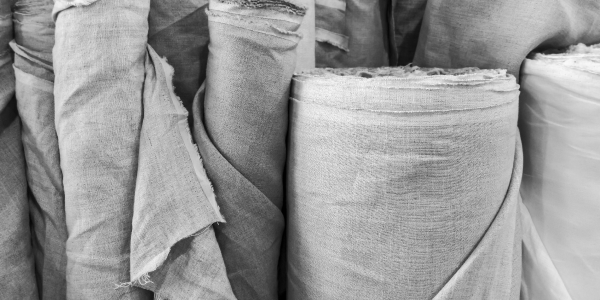

Our eco fabrics & biodegradable packaging
Designed to be purposeful
With our extensive range of eco materials and biodegradable packaging options, we’re committed
to helping our clients create beautiful, sustainable fashion brands. Some of our sustainable materials include:
Corn Starch
We make it essential for our factory partners to ship with corn starch, a biodegradable packaging material, and send all of our client garments in biodegradable poly bags.

Wool
Farming wool with strong environmental practices can restore and enhance the land, as grazing sheep helps improve soil quality, remove carbon from the atmosphere and allow the land to absorb and retain water.

Carvico
Carvico is an Italian range of fabrics made of ECONYL® yarn, a 100% regenerated nylon yarn derived from pre and post industrial waste like discarded fishing nets, carpet fluff and tulle. Once these fabrics have reached the end of their useful life, they’re recovered and regenerated instead of being disposed of in landfill.

TENCEL Lyocell
Lyocell is made from renewable, cellulose soft wood crop, and requires less chemical processing, water and energy than other materials so it doesn’t result in chemically laden water waste. The finished product doesn’t require bleaching and can be coloured using low impact dying solutions.

Linen
Linen can be cultivated without fertilisers and grown on marginal land unsuitable for food crop production. The fabric is created through eco-friendly methods and avoids the high water requirements of water-retted linen.

Organic Cotton
No toxic chemicals are used in the production of organic cotton, meaning it doesn’t damage soil, has less impact on the air, plus uses 71% less water and 62% less energy.

Hemp
Hemp is a densely grown plant naturally resistant to pests, so it doesn’t need chemical herbicides. The material naturally returns 60-70% of the nutrients it takes from the soil and requires very little of the earth to be cultivated. This means it can produce up to double the yield per hectare than conventional cotton.

Modal
Modal fibres can be manufactured from renewable sources such as beechwood or sustainable forests in Austria, which in turn safeguards resources for future generations. The fibre has a high absorbency rate, which means less water is required during processing and dyeing.

Bamboo
Bamboo fabric is made from the pulp of bamboo grass. The bamboo used to produce fabrics is not the same as Panda food, however it’s often considered one of the most sustainable plants. It’s naturally pest resistant and can crowd out weeds, so there’s no need for pesticides or herbicides, and it also replenishes very quickly.

Cupro
Cupro is the by-product of the industrial harvest of cotton, specifically the waste fibres that are too small to be spun. This ultra-fine, silky fibre which sticks to cotton seeds during the textile production process is usually thrown away. Major cupro producers have set goals of zero emission and energy conservation.
